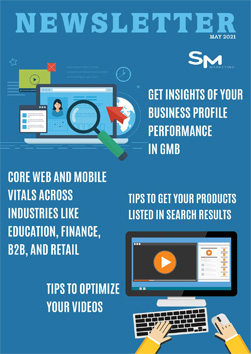Do you have an e-commerce site? This article is a must-read for you! The tips listed here are designed to help you get more traffic on your site.
How does Google list your products on its search page?
- Google aims to help users make the right decisions, and it does so by using special formatting for products. For example, Google shows product details like ratings, reviews, prices, etc.
- Google also displays product images with additional details like ‘in stock.’
- The tools in Google Shopping Tab help users filter products depending on the price range, brand, etc.
- If you have provided the location of your inventory, Google Maps can also display your products when a user enters a specific location.
Importance of providing product data to Google:
- Product data is more accurate and precise than the data fetched from web pages.
- When the data you provide is accurate, Google can confidently filter your products according to the user requirements.
- As we all know, structured data is preferred by Google to better understand your product details. One of the common ways to encode structured data on a page is by using JSON-LD-encoded content.
- As we all know, structured data is preferred by Google to better understand your product details. One of the common ways to encode structured data on a page is by using JSON-LD-encoded content.
Three strategies to get your product data into Google Merchant Center:
1. Google’s Web Crawling
- You can set up and configure Google Merchant Center and let Google crawl product data from your website. Make appropriate approvals in your Google Merchant Center account to get listed in Google’s Shopping tab.
- You can also use supplemental feeds to add additional fields to the primary data. Additional feeds include stock level, pricing, etc. Google combines your primary data with the supplemental fields to form a final view or table of your product. Supplemental feeds can be updated more frequently. Different ways to provide supplemental fields include Google Sheets, scheduled uploads, and on-demand uploads.
2. Periodic Feeds
- In this strategy, you submit your entire catalog file to Google. Google then compares your feed data to original data and checks for data consistency. If your data is highly inconsistent, your product can be removed.
- To keep Google Merchant Center updated with your current web page data, enable automatic item updates in your account.
3. Content API
- It is tedious to replace a complete set of data related to your products. To make it easier, you can use API to insert, remove, or update specific products. The best part here is you can make changes to a single product as well as a small group of products.
Get Started!
- Use structured data to improve accuracy.
- Make a proper plan to send your product data to Google (for ex: API, Google sheets, etc.).
- Add attractive or engaging content, especially images, descriptions, etc. related to your products.

